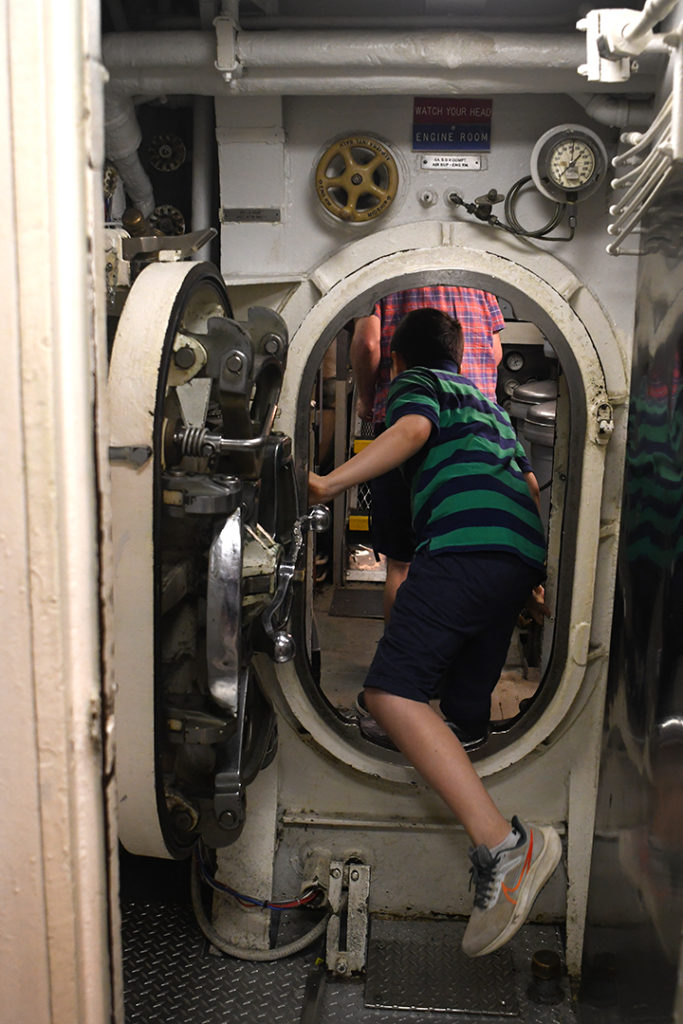The new orca special exhibit at OMSI includes three life-size orcas and it is STUNNING. (Psst, Pacific Science Center members get in free.) The Burke Museum also just opened an orca exhibit: the Burke's is half of a small room, and OMSI's is two floors of cavernous galleries. Go to Portland.
We learned that the world’s first captive orca arrived in Seattle in 1965. Namu was sold to the Seattle Marine Aquarium for $8,000. To be clear, the current Seattle Aquarium, which opened in 1977, has never had orcas in human care.


Amazing orca facts:
- There are more than a dozen unique kinds of orcas around the world, the most famous being our PNW Southern Residents.
- Orcas and humans are among the five species where females live long past their reproductive years. (The other three are narwhals, belugas and short-finned pilot whales.) The life expectancy for male orcas is up to 35 years and 90 for females.
- Orcas have deep emotional connections and strong family ties. In 2018, a grieving mother, Tahlequah, made headlines when she carried her stillborn calf for 17 days around the Salish Sea.








You can easily spend hours and hours in Turbine Hall. It’s a giant space where you can try out an earthquake simulator, build a flying machine, or conduct experiments in the chemistry lab. Have fun!



OMSI even has its own submarine: The USS Blueback is docked in the Willamette River next to the science center. The extra $8.50 for a guided tour is worth every penny. Sub visitors must be 3 or older, and able to duck through small doorways. My kids were amazed by the all-you-can-eat soft-serve ice cream machine on board. I was appalled by the one bathroom shared by 77 enlisted submariners.



Link to my story in Seattle's Child here.
